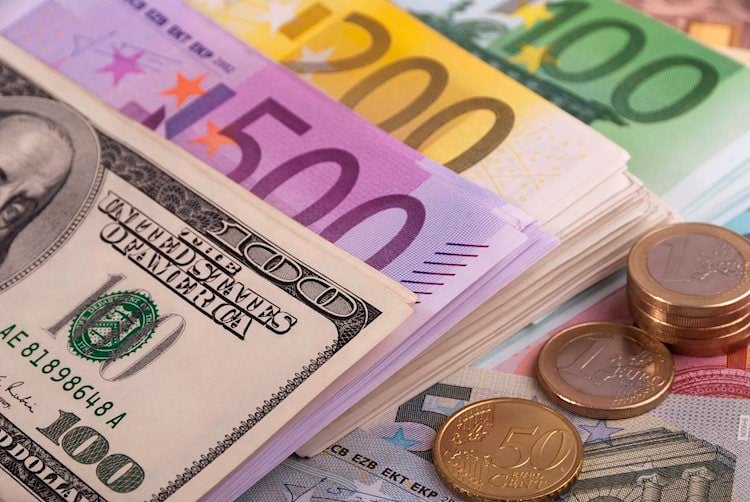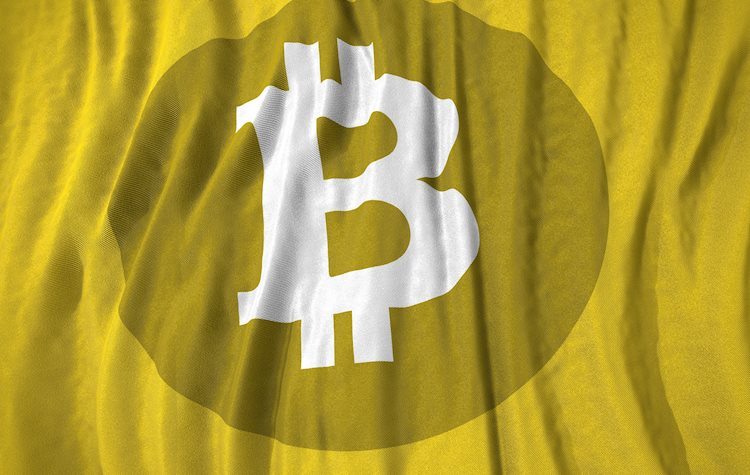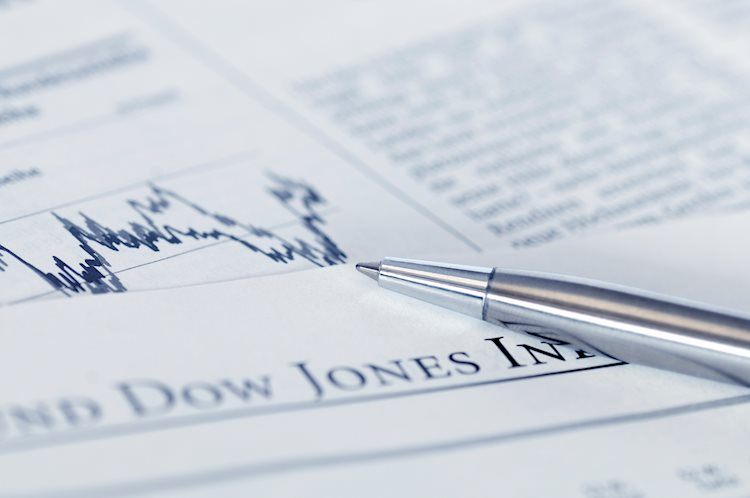Share:
EUR/USD received upward support on the subdued US Dollar.
US Treasury yields put downward pressure on the Greenback.
Traders seek further cues from the speech of ECB President Christine Lagarde.
EUR/USD hovers around 1.0730 during the Asian session on Thursday, attempting to extend its gains for the second successive day. The upward support in the EUR/USD pair could be attributed to the subdued US Dollar (USD). The US Dollar Index (DXY) trades near 104.70 after the previous day’s losses with the lower US Treasury yields.
The 2-year and 10-year US Treasury yields are lower, with the 2-year yield at 4.56% and the 10-year yield at 4.23%. This signals a notable change in market sentiment, with expectations for no interest rate adjustment by the Federal Reserve (Fed) in the upcoming March meeting soaring to nearly 90%.
According to the FedWatch Tool, investors are now pricing in a modest 37% probability of a rate cut in May, with the likelihood of a 25 basis points (bps) rate cut increasing to approximately 53% in May.
On the other side, the Euro (EUR) encountered difficulties on Wednesday following the release of the seasonally adjusted Eurozone Gross Domestic Product (GDP) data, which met market expectations for the fourth quarter.
The preliminary Eurozone Gross Domestic Product (GDP) remained steady at 0.1% year-over-year, in line with market forecasts. Quarter-over-quarter, the figure remained unchanged at 0.0%, consistent with the previous quarter’s reading.
Additionally, ECB Vice President Luis de Guindos highlighted persistent wage pressures at elevated levels, indicating that insufficient data is available yet to confirm a reduction in these pressures.
Market participants are likely awaiting a scheduled speech by Christine Lagarde, the President of the European Central Bank (ECB), on Thursday. Retail Sales data and Initial Jobless Claims will be closely monitored on the United States economic calendar.
(Note: The story was corrected at 03:00 GMT on Thursday to say “The upward support in the EUR/USD pair” instead of “downward pressure on the EUR/USD” in the first paragraph.)
Share:
Feed news





